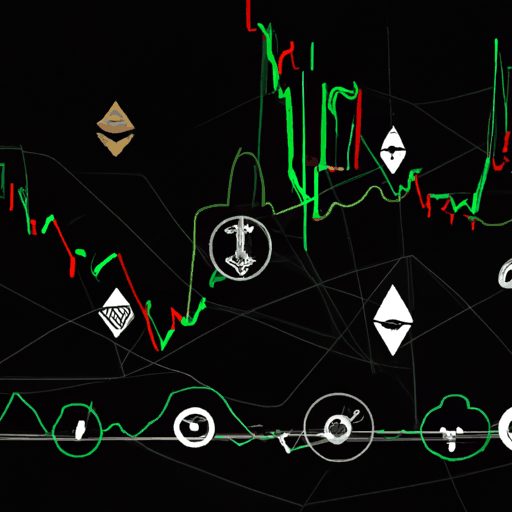
Bitcoin's Growing Prominence as a Store of Value
By: Isha Das
Bitcoin is increasingly being recognized as a viable store of value alongside traditional assets like gold. Recently, Jurrien Timmer, the Director of Global Macro at Fidelity, emphasized the importance of a strategic asset allocation that leverages both gold and Bitcoin. The recommendation comes at a time when Bitcoin is experiencing a significant surge in price, recently surpassing the $100,000 mark, while maintaining a competitive Sharpe ratio akin to that of gold. Timmer suggests a 4:1 gold to Bitcoin allocation, which he believes balances historical volatility and cumulative returns effectively.
The current levels mark a milestone for Bitcoin. With gold reaching approximately $3,213 per ounce, Bitcoin's near $103,600 status represents a 25% increase from its April low. This trend illustrates Bitcoin's evolving role in the financial landscape. As Timmer notes, this balanced asset allocation effectively matches inflation hedging with the dynamic growth of digital assets. By suggesting an increased gold exposure, he proposes a framework that treats both assets as complementary rather than competing, enabling investors to mitigate Bitcoin's volatility while tapping into future growth.
Adding weight to the argument, analysts from JP Morgan predict that Bitcoin may outperform gold this year. The expansion of the crypto derivatives market invites institutional investors who've been increasing allocations to Bitcoin, suggesting potentially higher returns as the year progresses. With both the digital and traditional assets communities observing these developments, there's a strategic opportunity for tactical rebalancing in favor of cryptocurrencies.
The underlying risks, however, can't be overlooked. Bitcoin's Sharpe ratio is currently negative, and factors like regulatory changes or market liquidity adjustments could widen the performance gap between Bitcoin and gold. Nevertheless, the trend indicates a strengthening position for Bitcoin as a valued asset in modern portfolios. This increasing acceptance of cryptocurrencies highlights evolving market dynamics, shaping future investment strategies and asset allocations for diverse portfolios. Institutions may find significant long-term advantages should the current conditions persist.



